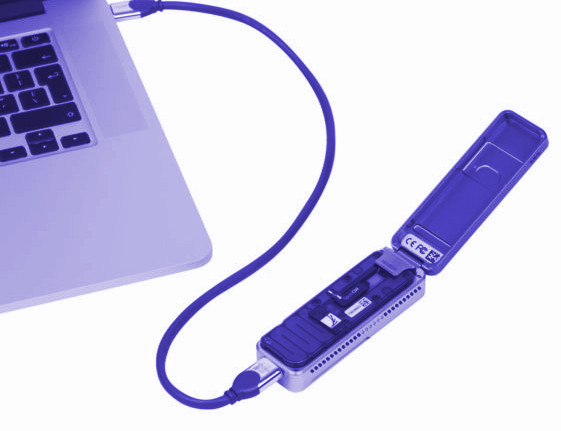Tiny device maps full genome
 Scientists have successfully unravelled the entire genetic map of a human using a pocket-sized device.
Scientists have successfully unravelled the entire genetic map of a human using a pocket-sized device.
The sequencing and de novo assembly of a human genome using a pocket-sized nanopore device is the subject of a paper published online in Nature Biotechnology this week.
The study reports the most contiguous assembly of a human genome to date using only a single sequencing technology.
Understanding and interpreting the human genome is a cornerstone of modern medicine, and appetite for sequencing as many genomes as possible is high.
To date, such an endeavour seemed daunting, for reasons including speed, cost and lack of access to sequencing systems.
Despite improvements in sequencing technologies, assembling human genomes rapidly and cheaply with high accuracy and completeness remains challenging.
Matthew Loose and colleagues used a portable, biological nanopore sequencer to sequence and assemble the GM12878 human cell line genome, producing 91.2 Gb of sequence data.
Using ultra-long reads of up to 882 kb each, they were able to analyse regions of the human genome that were previously intractable with state-of-the-art sequencing methods.
This included detecting structural variants and epigenetic modifications in the genome, as well as closing 12 gaps in the human reference genome, GRCh38, thereby improving its accuracy.







 Print
Print